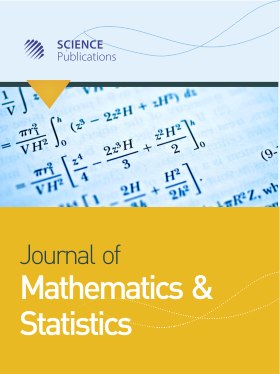Modeling Tourist Arrivals Using Time Series Analysis: Evidence From Australia
- 1 Griffith University, Australia
Abstract
Australian tourism has a logistic trend as Butler’s model shows. The stagnation has not been reached so opportunities exist to increase tourism. The logistic model predicts 7.2 million tourists in 2015 but time series models of ARIMA and VAR improve the prediction and explain the data. The ARIMA (2, 2, 2) fits well while the VAR lead to Granger causalities between the three data sets. A regression model (R2 = 0.99) using Australian tourist arrival as a function of Europe and World arrivals allowed to further understand the Granger causality. The ARIMA model predicts tourist numbers to be approximately 6 million in 2015. The VAR technique allowed impulse response analysis as well. A two-way causality between the tourist in Australia, Europe and World exists, while impulse response indicated different effect patterns, where tourist arrivals increase in the first period and declines in the second period but experience seasonal fluctuations in the third period. The strongest causalities in were period 1 between World and Europe; period 2-a one-way causality from Australia to World and period 3-a two-way causalities between Australia, Europe and World. The impulse responses results were aligned with the Butler theory.
DOI: https://doi.org/10.3844/jmssp.2012.348.360

- 4,296 Views
- 4,834 Downloads
- 7 Citations
Download
Keywords
- ARIMA
- auto-regression
- mathematical modeling
- butler model
- tourism modeling
- granger causality
- impulse response
- variance decomposition model
- logistic regression
- time series
